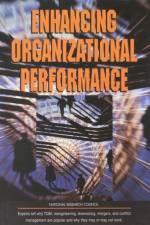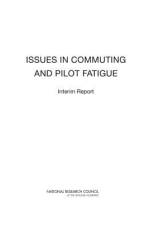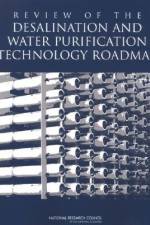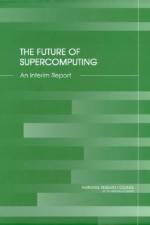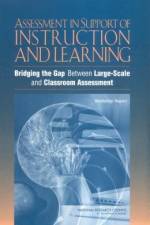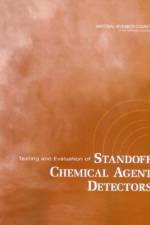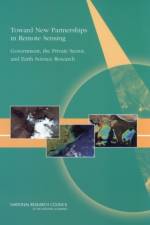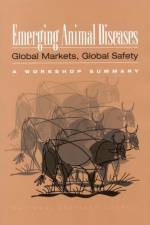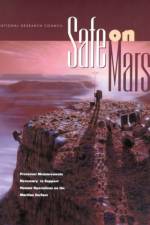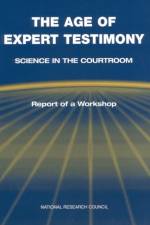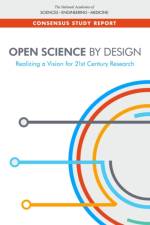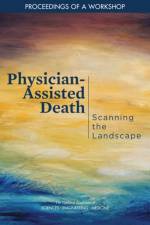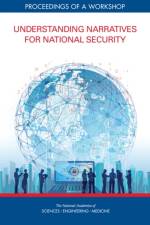av National Research Council
531
Total quality management (TQM), reengineering, the workplace of the twenty-first century--the 1990s have brought a sense of urgency to organizations to change or face stagnation and decline, according to Enhancing Organizational Performance. Organizations are adopting popular management techniques, some scientific, some faddish, often without introducing them properly or adequately measuring the outcome. Enhancing Organizational Performance reviews the most popular current approaches to organizational change--total quality management, reengineering, and downsizing--in terms of how they affect organizations and people, how performance improvements can be measured, and what questions remain to be answered by researchers. The committee explores how theory, doctrine, accepted wisdom, and personal experience have all served as sources for organization design. Alternative organization structures such as teams, specialist networks, associations, and virtual organizations are examined. Enhancing Organizational Performance looks at the influence of the organization's norms, values, and beliefs--its culture--on people and their performance, identifying cultural "levers" available to organization leaders. And what is leadership? The committee sorts through a wealth of research to identify behaviors and skills related to leadership effectiveness. The volume examines techniques for developing these skills and suggests new competencies that will become required with globalization and other trends. Mergers, networks, alliances, coalitions--organizations are increasingly turning to new intra- and inter-organizational structures. Enhancing Organizational Performance discusses how organizations cooperate to maximize outcomes. The committee explores the changing missions of the U.S. Army as a case study that has relevance to any organization. Noting that a musical greeting card contains more computing power than existed in the entire world before 1950, the committee addresses the impact of new technologies on performance. With examples, insights, and practical criteria, Enhancing Organizational Performance clarifies the nature of organizations and the prospects for performance improvement. This book will be important to corporate leaders, executives, and managers; faculty and students in organizational performance and the social sciences; business journalists; researchers; and interested individuals.

